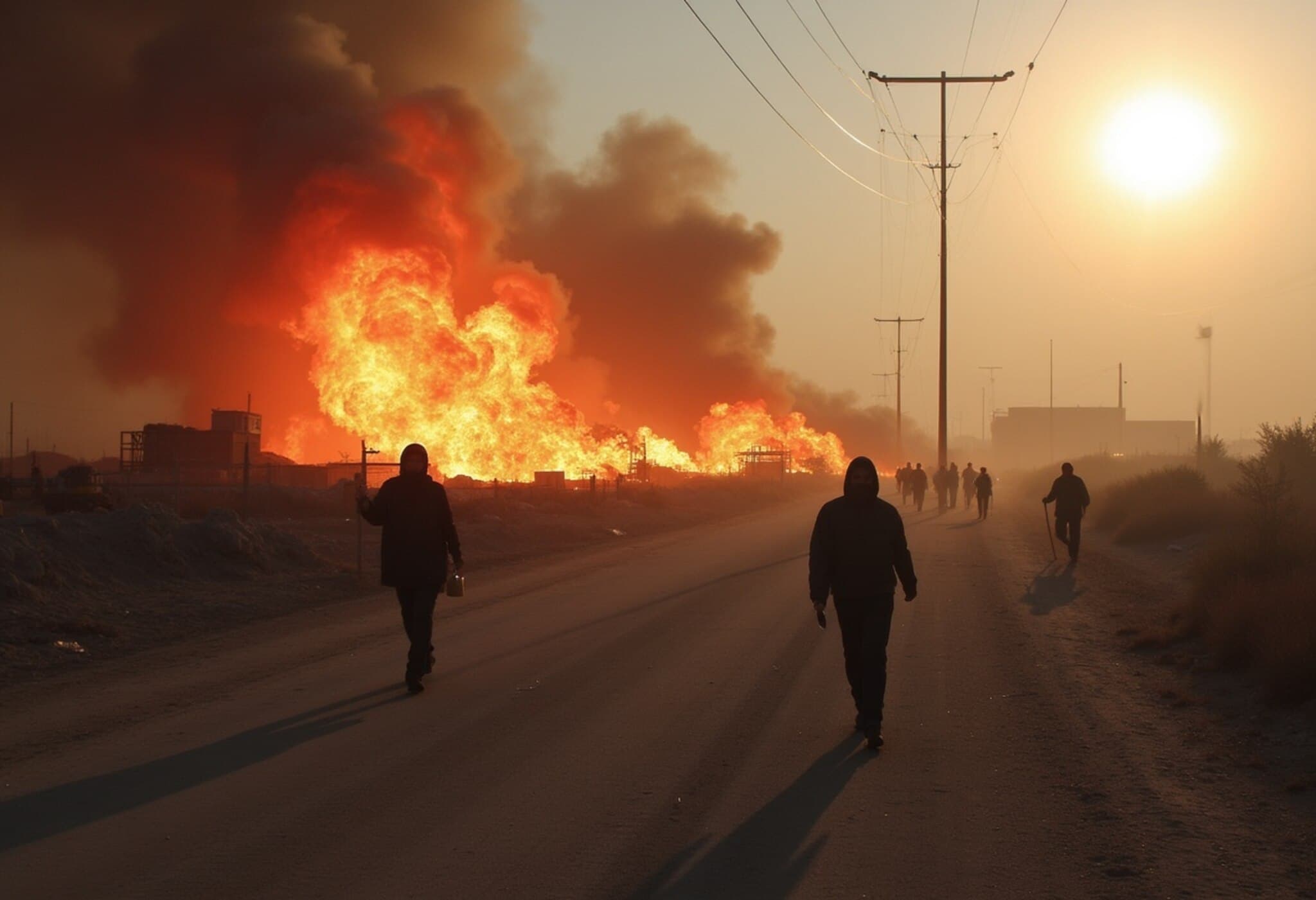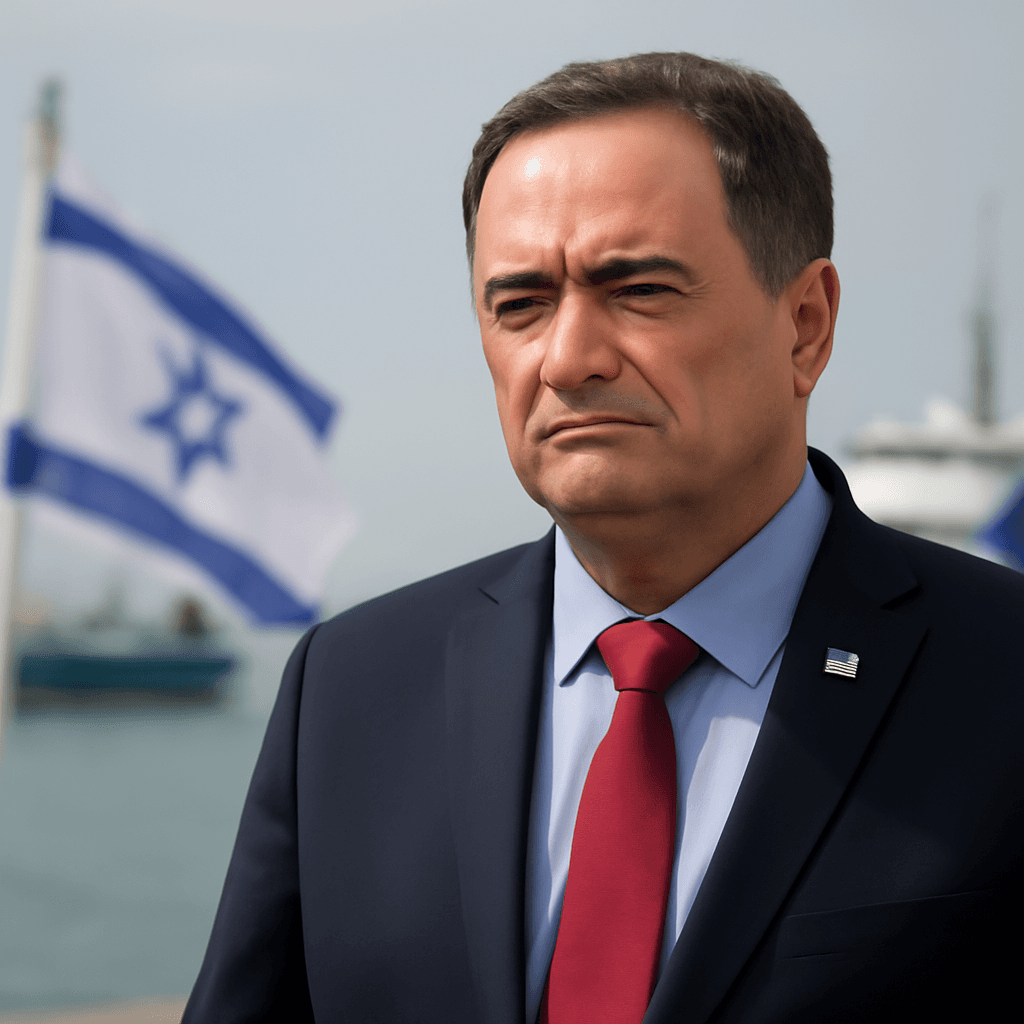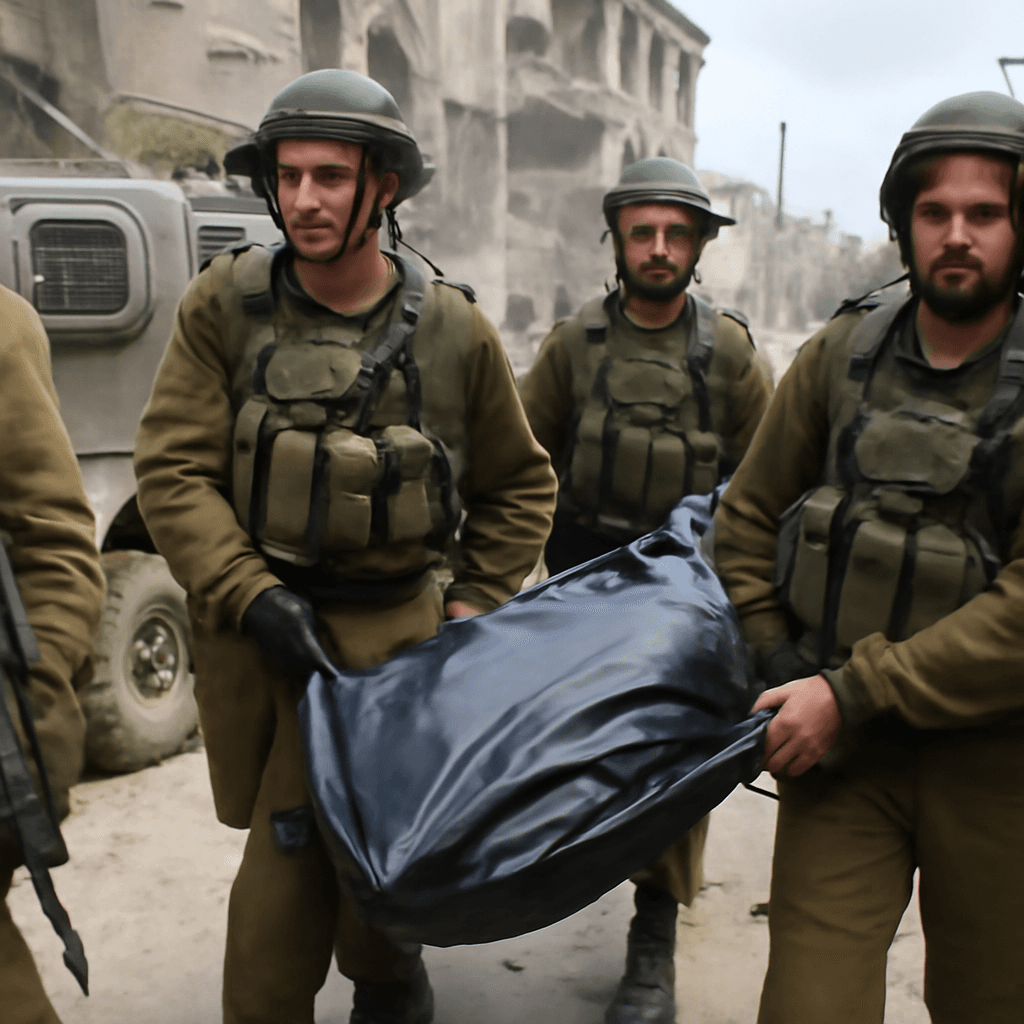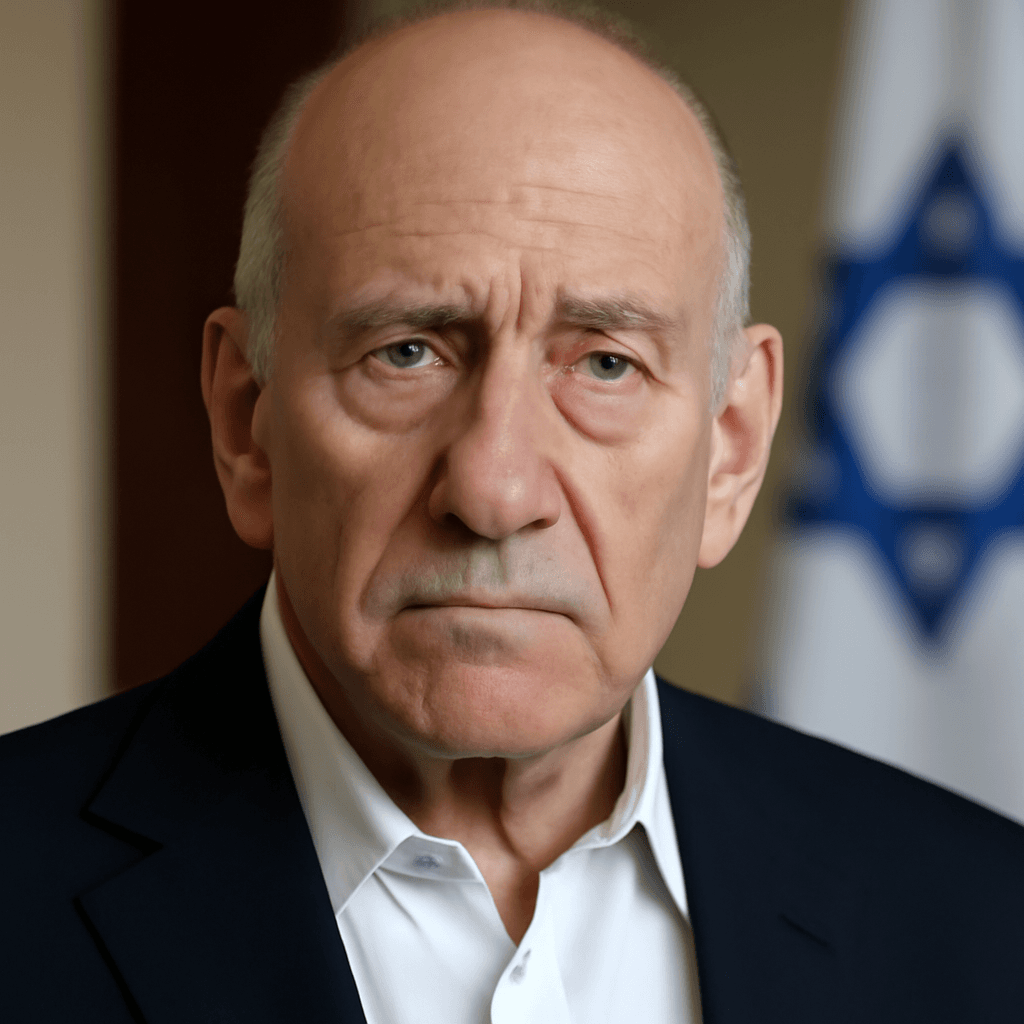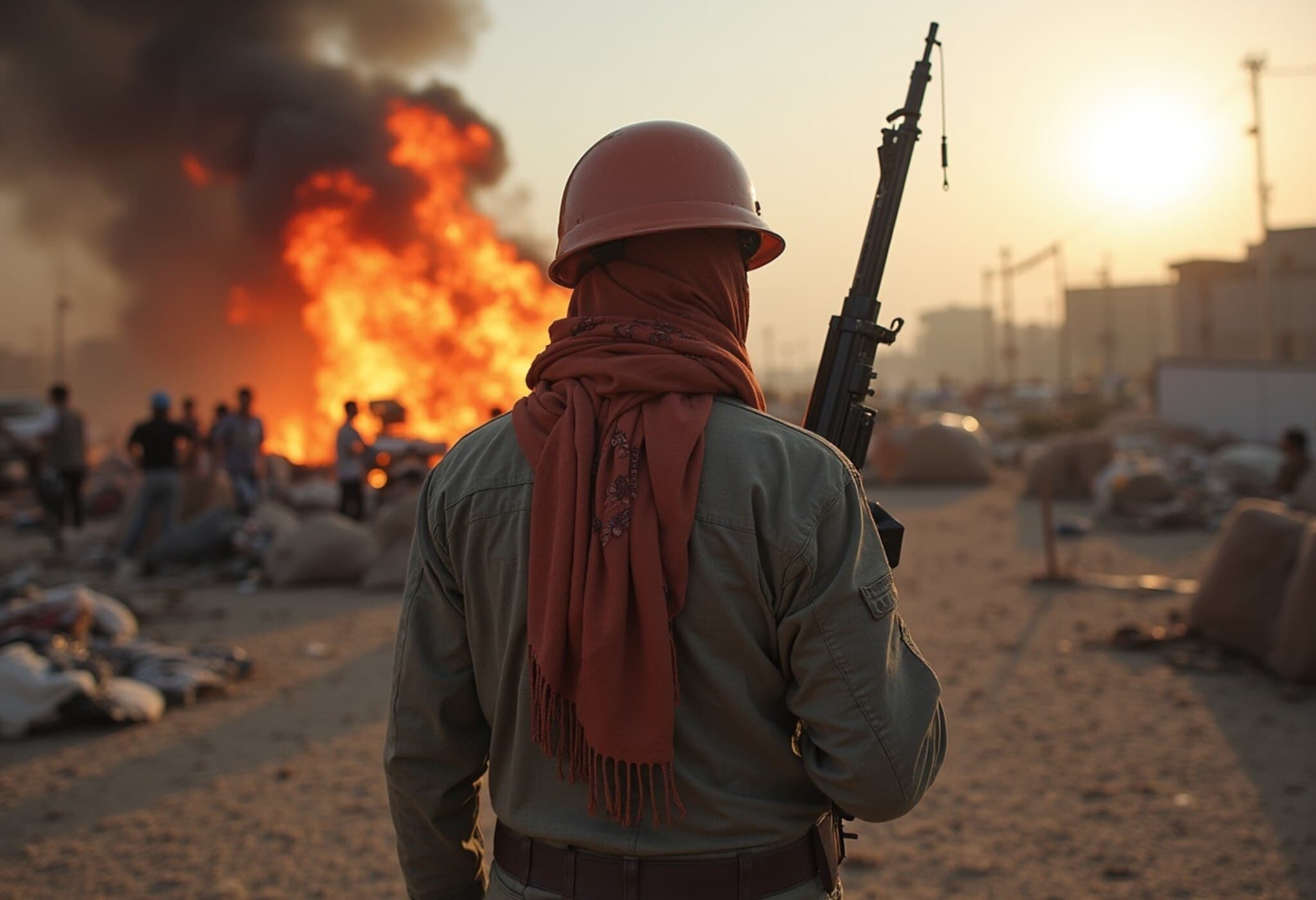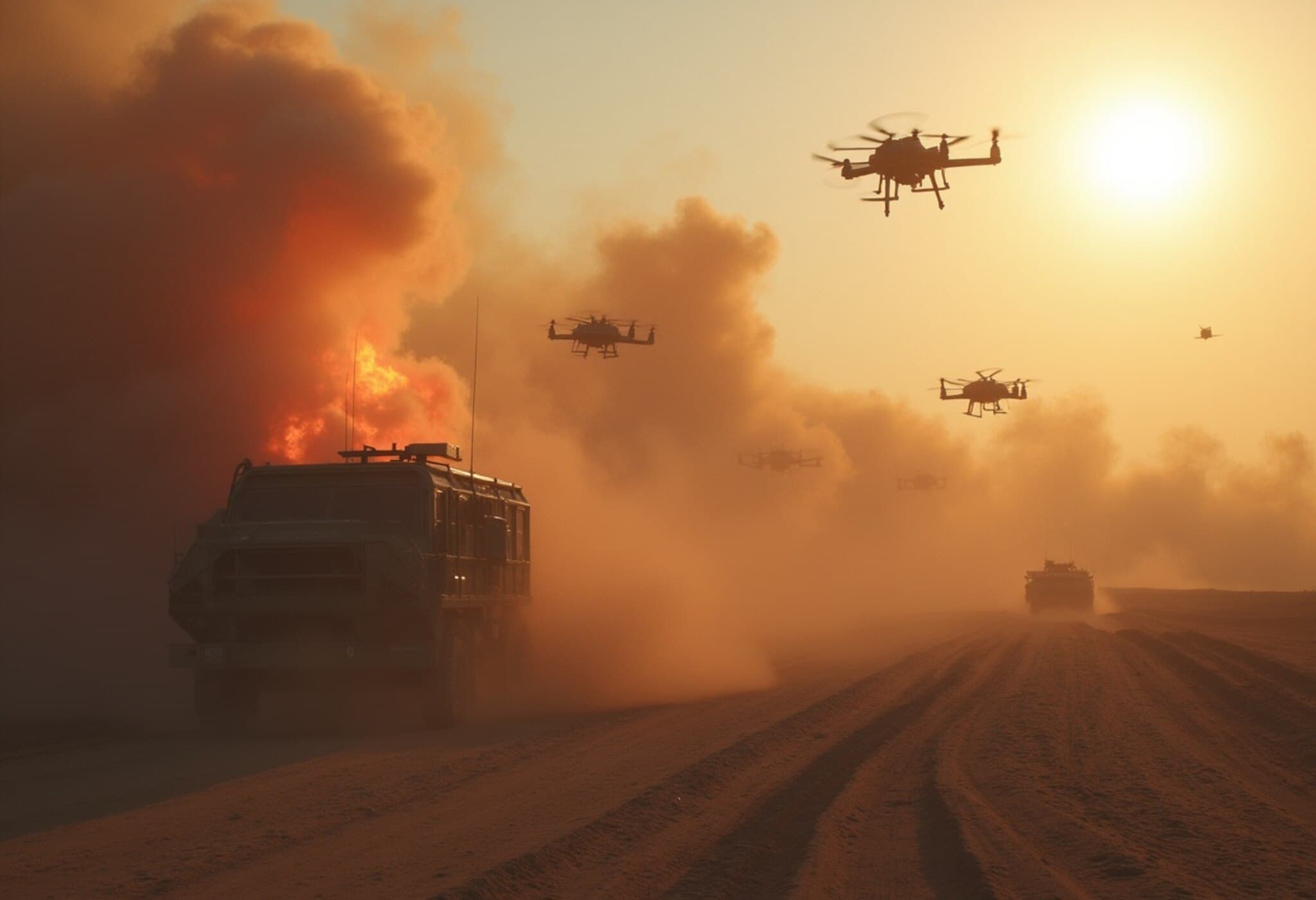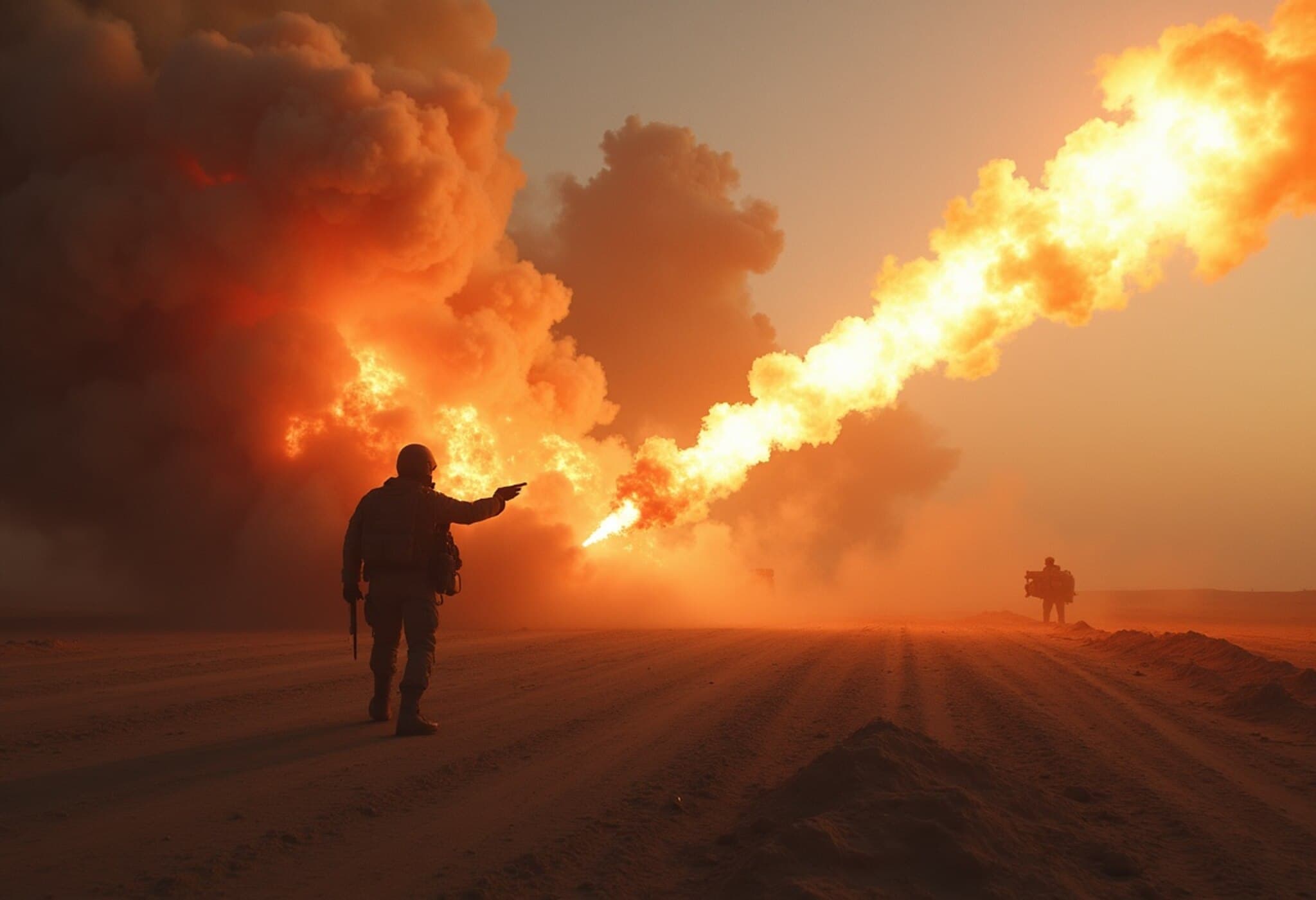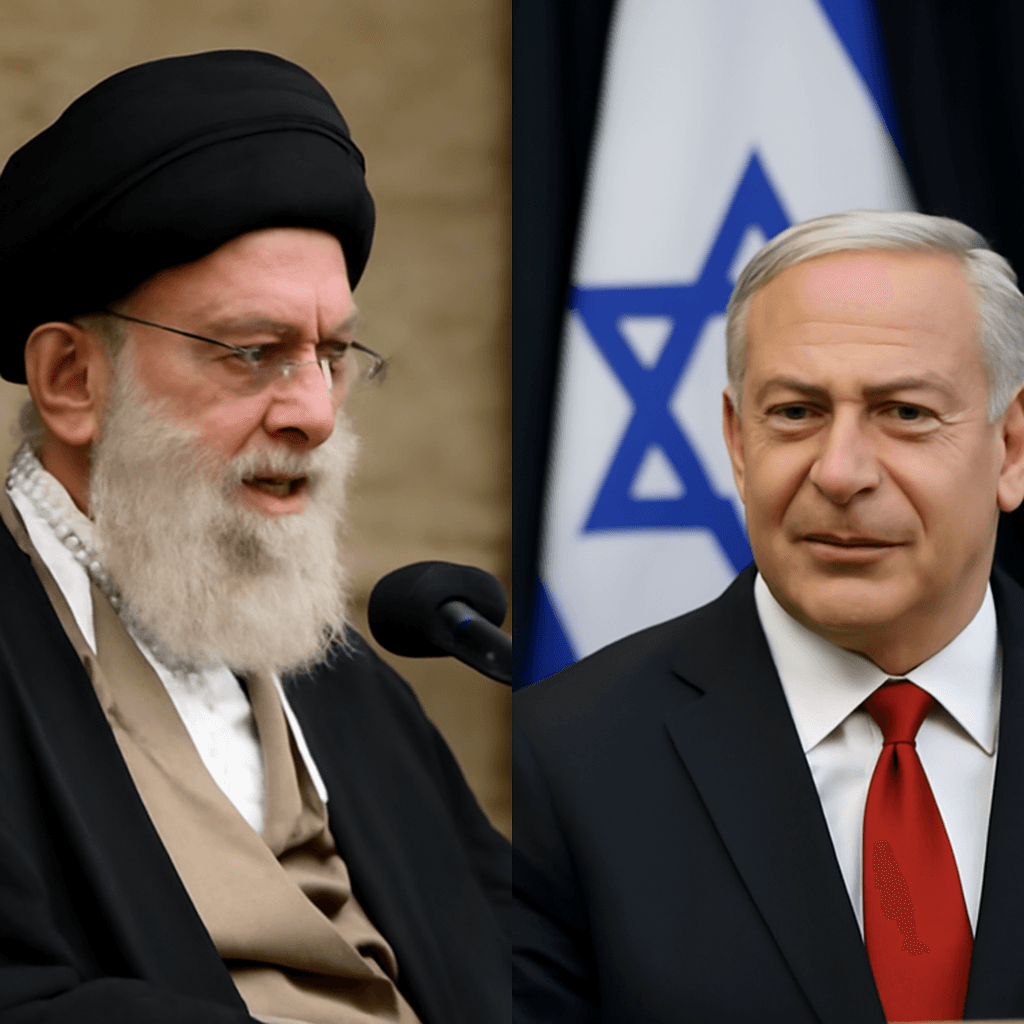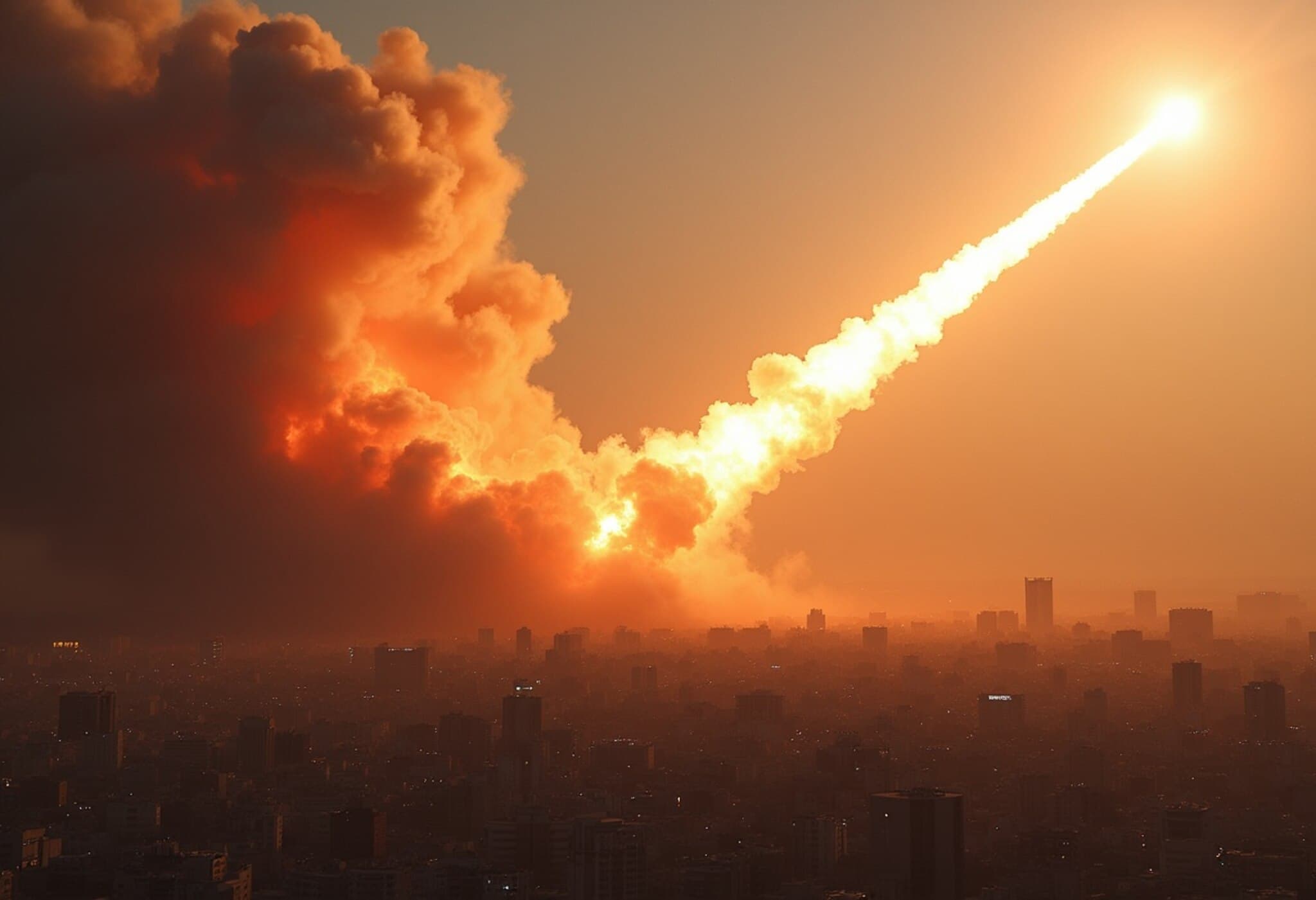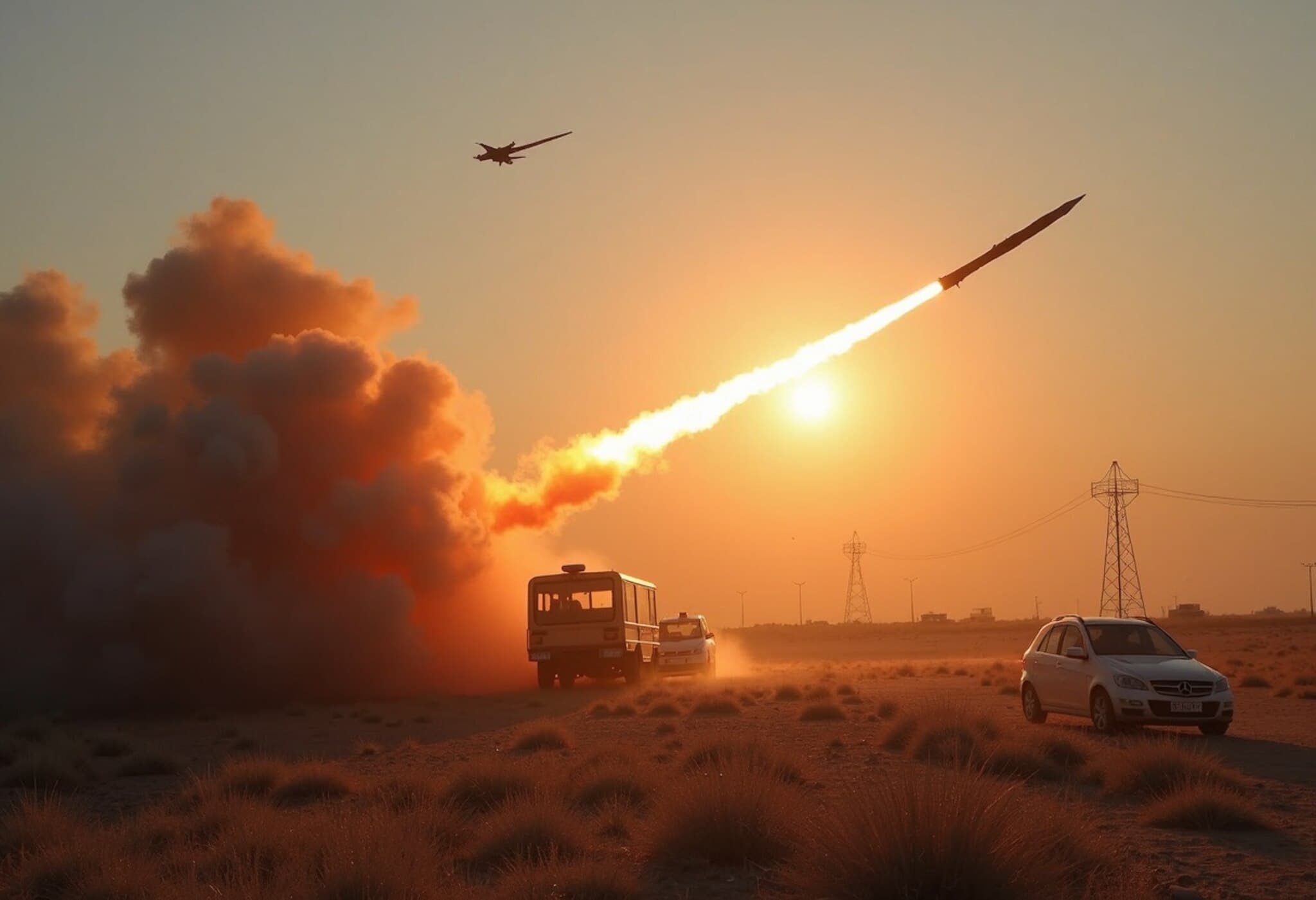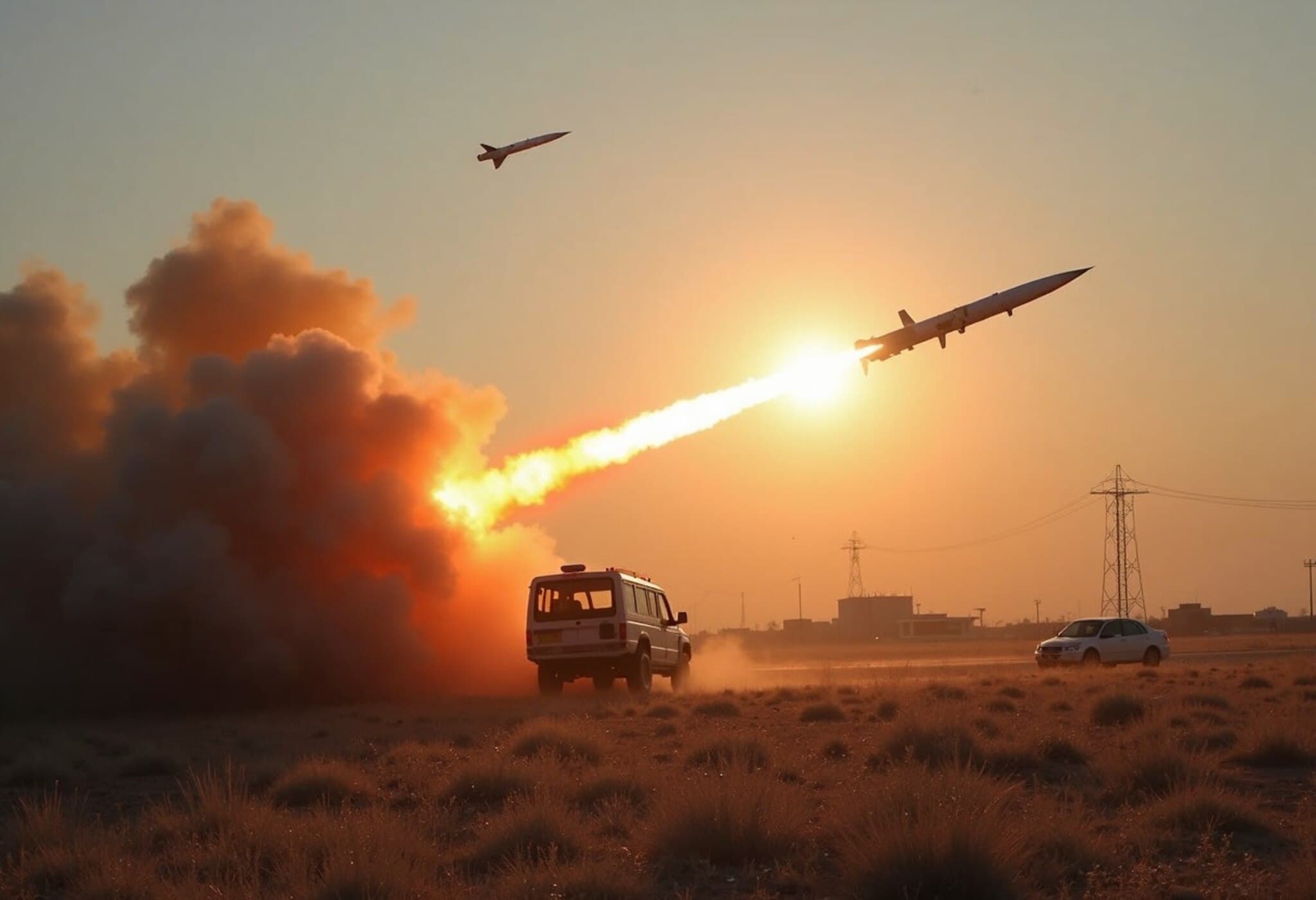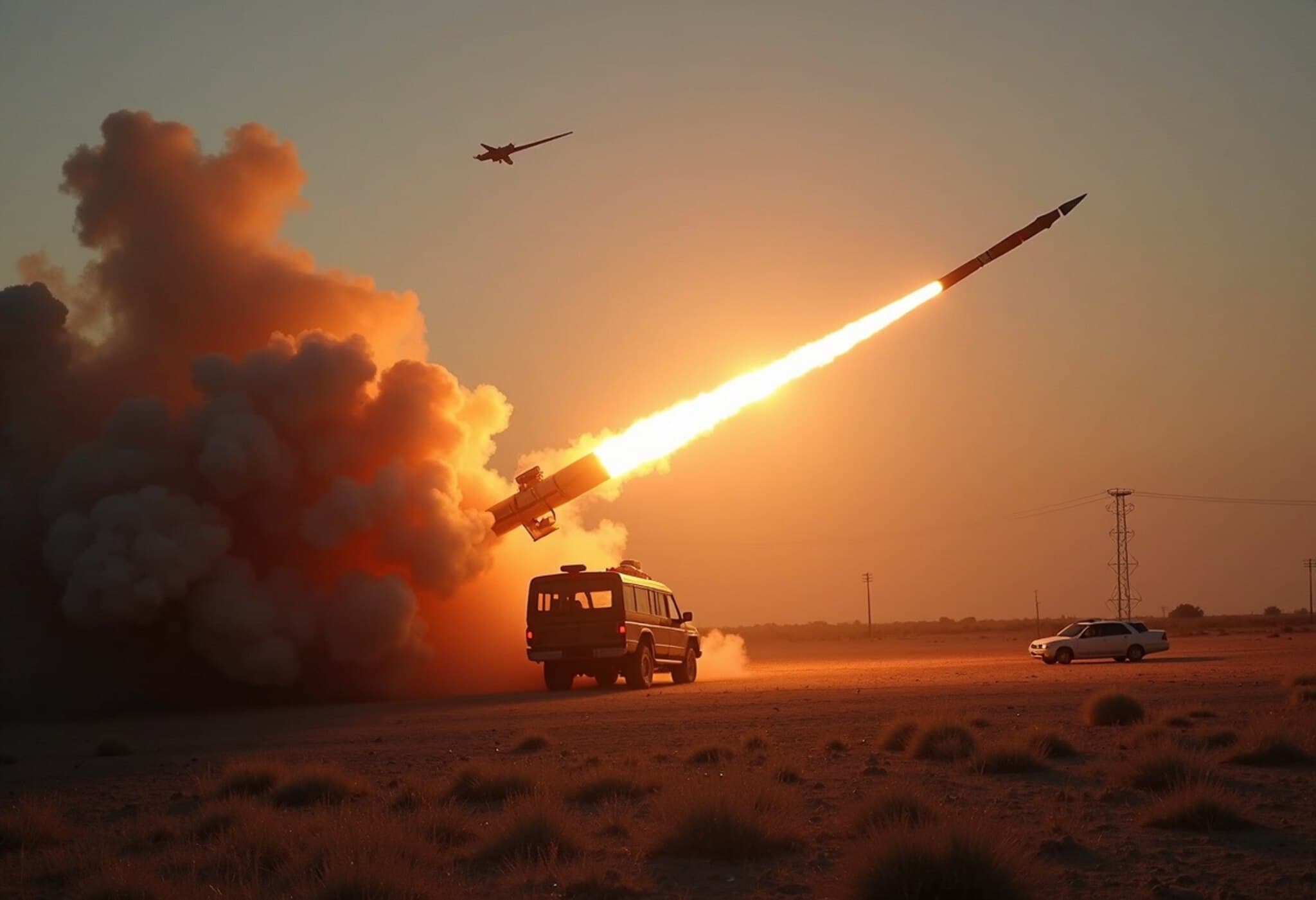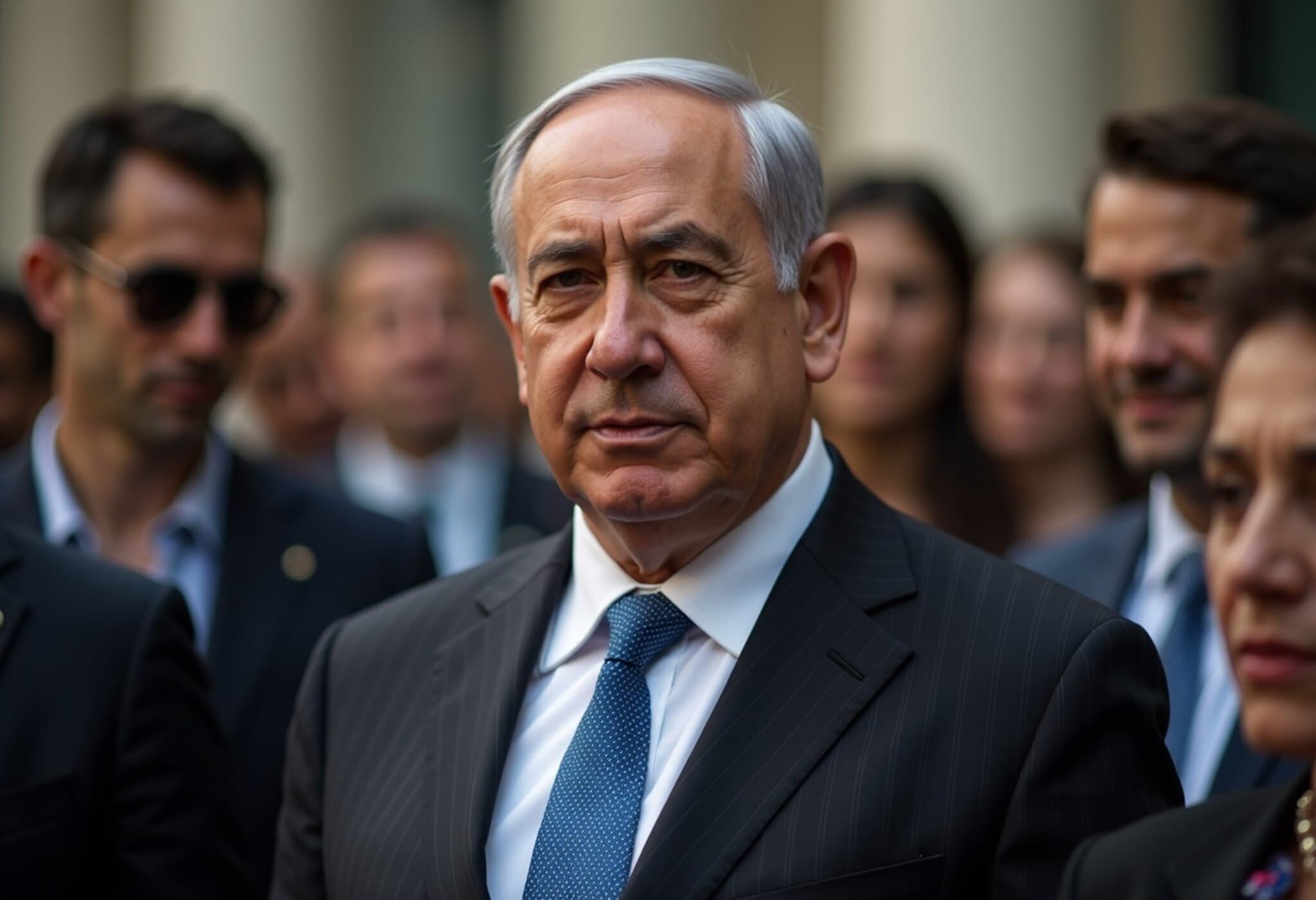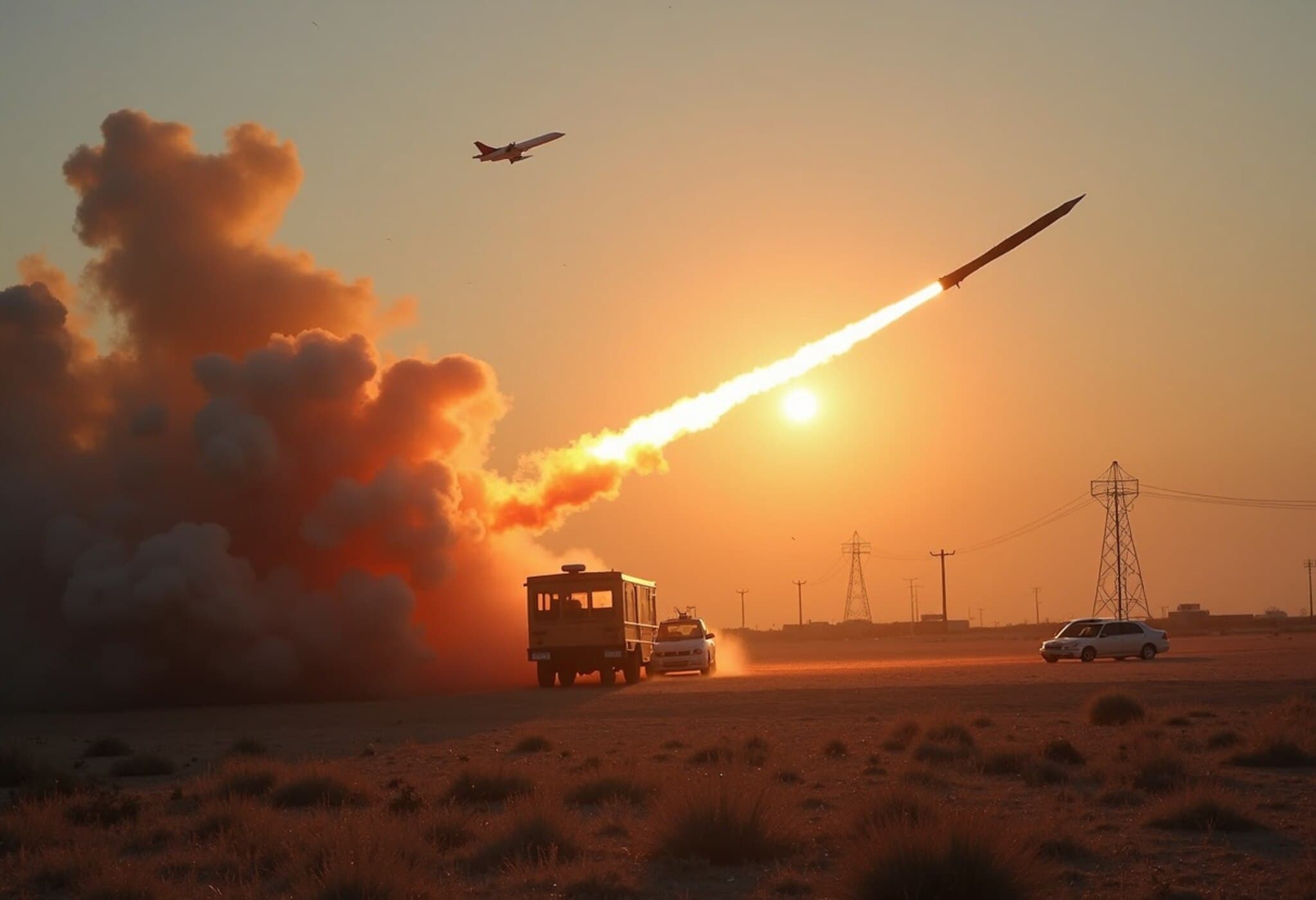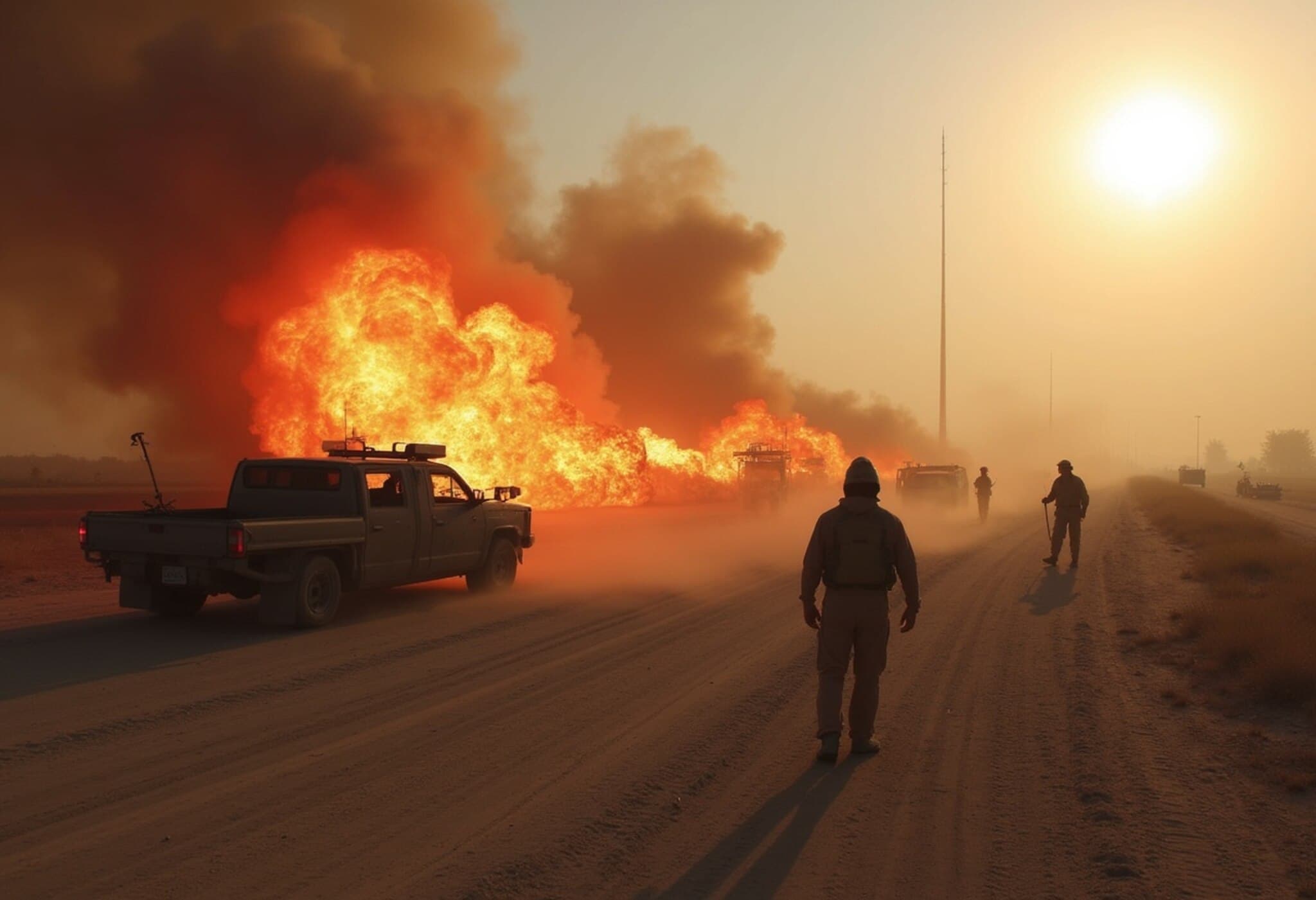Conflicting Signals Over Ceasefire Between Iran and Israel
On June 24, 2025, Iranian state media announced a ceasefire agreement with Israel, shortly after the United States President declared an end to hostilities between the two nations. This announcement came despite earlier remarks from Iran's Foreign Minister Abbas Araghchi denying any immediate ceasefire deal.
Contrasting Statements Raise Questions
While Iranian state broadcasters credited the Islamic Revolutionary Guard Corps (IRGC) for compelling a ceasefire through missile operations, Araghchi maintained a firm stance, asserting no formal agreement had been reached. He reiterated that Israel initiated the conflict and emphasized that no ceasefire or halt in military actions was currently in place from Iran’s side.
US President Announces Phased Ceasefire Timeline
Late Tuesday night, the US President took to social media to confirm a ceasefire, describing it as a phased 24-hour process beginning at 0400 GMT. According to his statement, Iran would unilaterally stop operations first, with Israel following twelve hours later. He underscored a “Complete and Total CEASEFIRE” agreed by both parties and anticipated the global community saluting the end of the 12-day war.
Escalating Tensions Despite Ceasefire Claims
Despite these declarations, Iran proceeded with missile strikes early Tuesday, launching a fifth barrage toward Israel. Sirens sounded across northern Israel as the Israeli military confirmed the incoming attacks.
Casualties From Missile Attack Reported
Emergency responders reported tragic losses following an Iranian missile strike in southern Israel, with three fatalities and two wounded individuals requiring hospital treatment. Another six people sustained minor injuries treated at the scene, as per the official statement from Magen David Adom.
Uncertain Path Ahead
The contradictory reports reveal a complex and delicate situation. While authoritative announcements suggest movement toward peace, ongoing strikes underline the fragility of any ceasefire. As regional and global actors watch closely, clarity remains elusive on when hostilities will truly end.

